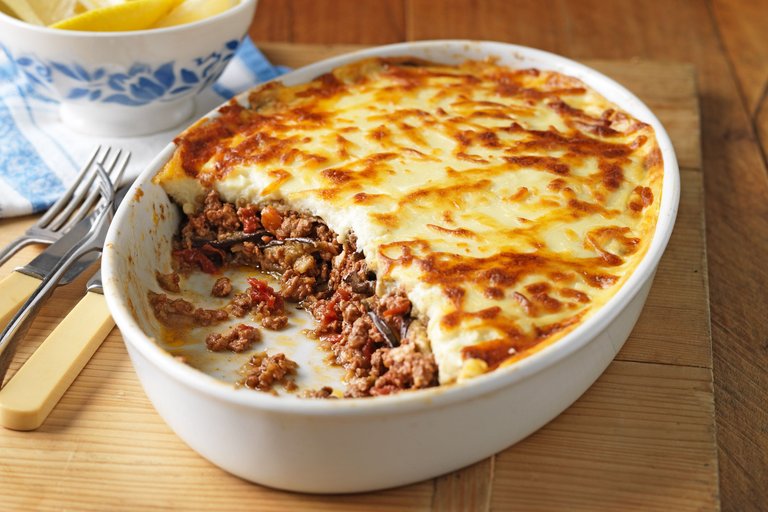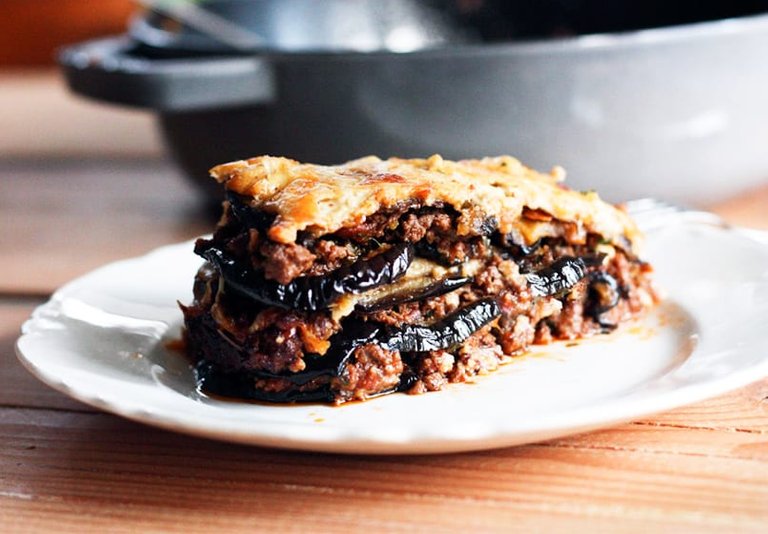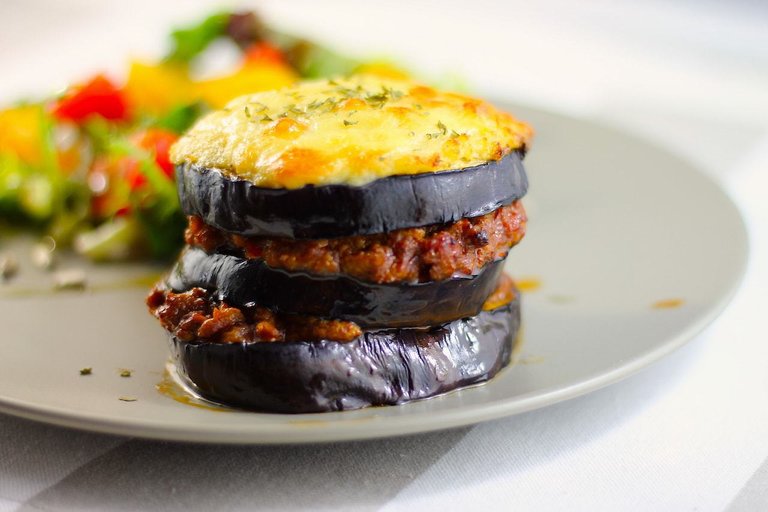Moussaka is a type of gourd root that is used to make a delicious sauce for meat. This root can be cooked as a vegetable, whole, cut into strips for snacks or eaten raw in its raw form. It is a heavy, brown root that has a very thick, rotted bark that produces a juice that has a very strong tomato flavor. The name moussaka comes from the word moussaka meaning 'in the belly'. The root is eaten raw or cooked and then eaten as a vegetable.
Moussaka also known as Gouri or Gunvouli, is a dish originated in Greece that is served at a gathering following a meal of bread and olives. This dish is served in the informal dining room during the weekdays. On special occasions and on request, a meal may be brought to the dining room. This meal usually consists of two slices of bread with either jam or tomato ketchup, and then a thin layer of meat such as lamb or ground beef, served with the tomato ketchup.
Traditionally, moussaka was served with olive oil or virgin olive oil and the meat of the lamb or beef was sauteed in it. The sauce was made with onions, garlic, fresh herbs and a small amount of wine. In the old country the casserole was accompanied by the main course which was usually a pot baked with fatback, eggs and parsley, along with the accompanying rice. Sometimes, a vegetarian main course was added. In more modern times, it is sometimes possible to find a vegetarian version of the classic casserole.
Although you can use any type of meat for this traditional Mediterranean dish, lamb or beef is generally the preferred choice. If you are cooking a large number of people, it is advisable to use a thermometer to measure the heat level of your moussaka. Because it is cooked slowly over a low temperature, the meat will retain most of its natural flavour and texture. If you want to add some flavor to the sauce, then reduce the amount of wine that you use, along with the amount of olive oil that you add.
Start by cooking the ingredients for the moussaka in a large pan or skillet. You can use a smaller frying pan or a large roasting tray if you have one available. Bring the milk to a simmer and add the rinds. Allow the mixture to steep for about three minutes, then remove from the heat and cut into wedges. Add the potatoes and seasonings to the center of the wedges and gently press the mixture into the bottom and sides of the casserole. Gently push the mashed potatoes into the sides and up the sides of the casserole.
Another recipe for moussaka uses leftover potatoes, tomatoes, onions, garlic, and fresh herbs like rosemary and oregano. Cook the potatoes and tomatoes until they are soft. Puree the tomatoes and onions with the garlic, herbs, and any other seasonings of your choice, cover and let stand for at least one hour.
An alternative to the classic moussaka dish is the kebab. Traditionally, a gourd is skewered, skin left on, and left to roast for several hours in an oven. Then the meat is marinated in yogurt and fried in butter. This dish is served at many traditional meals throughout the Middle East. The key to making the kebab more fun and fancy is to use different flavors and combine with different ingredients. For example, instead of using plain yogurt, you can use a yogurt-like liquid called kefir so the cheese does not curdle.
Many people enjoy eating moussaka for it's rich, hearty flavor, yet surprisingly it is quite healthy. The main ingredients used are ground meat (laminate, beef, lamb, or chicken), ground vegetables (sweet potatoes, cauliflower, carrots, zucchini, green beans, squash), and ground herbs (garlic, thyme, sage, oregano, etc.). The dish also consists of rice or bread which is usually served with the meat. Traditionally, moussaka was served with tea, but nowadays it's just as easy to serve it with coffee. I think this is because the spices and flavor are so much more noticeable when served with hot coffee.



mmmmmm, I love Moussaka, and you've made one tasty looking dish of it there. Great post, keep up the fantastic work!
Thank you 🙂
What a delight, I always knew this dish as pasticho or eggplant lasagna, you describe it as really delicious, I love to know foods from all over the world, thanks for sharing it on HiveFood. Regards
Thank you so much. I am glad you liked my post 🙂